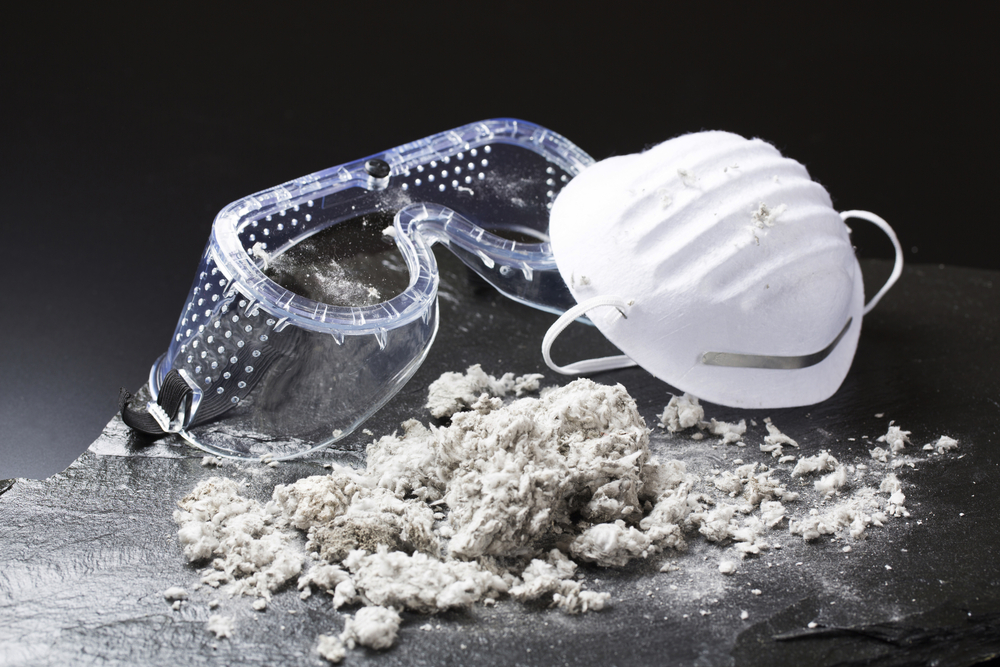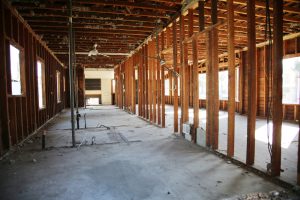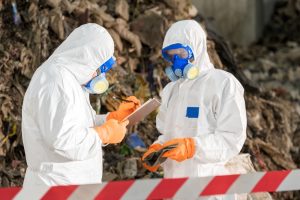Asbestos was once considered a miracle material. It was fire-resistant, durable, and excellent for insulation.
For decades, it was used in nearly every type of commercial construction. But today, asbestos is recognized as a dangerous health hazard linked to mesothelioma, lung cancer, and other serious illnesses.
If you own or manage a commercial property built before 1980, there’s a strong chance asbestos is still present—even if it’s hidden behind walls, under floors, or above ceilings.
In Cincinnati, Kentucky, and across the Midwest, older commercial buildings often require professional testing and abatement before renovations can move forward.
At Environmental Demolition Group (EDG), we specialize in asbestos abatement for older commercial buildings. Here’s why asbestos was so widely used, where it may be hiding in your property, and how our certified team removes it safely!
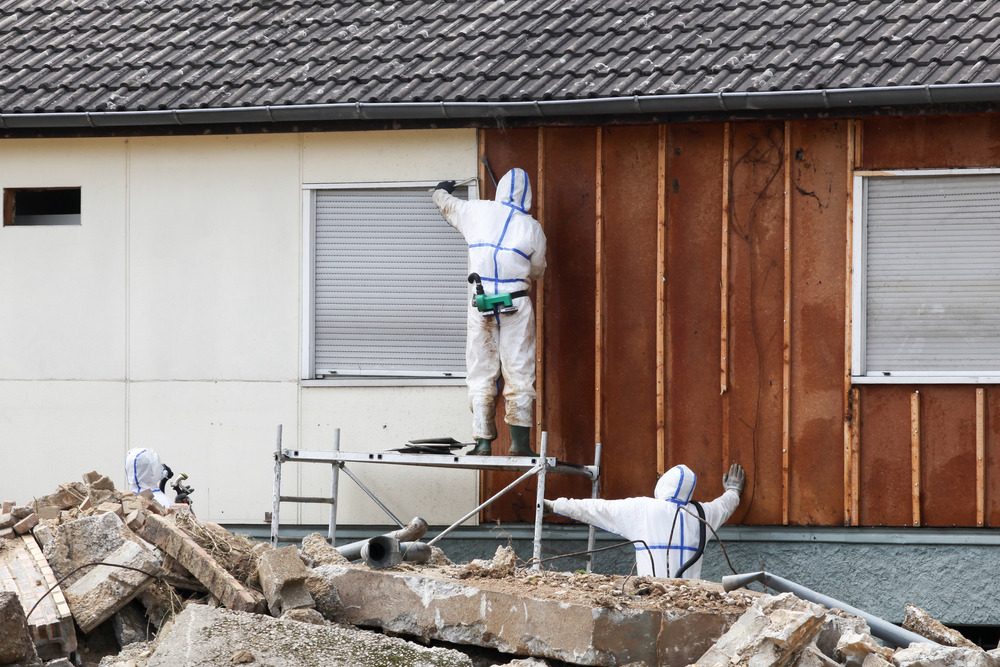
What Is Asbestos?
Asbestos is a group of naturally occurring fibrous silicate minerals valued for their strength, insulation, and resistance to heat and fire. The most common types found in old buildings include chrysotile, amosite, and crocidolite.
The danger comes when asbestos-containing materials are disturbed. Microscopic fibers can be released into the air, where they are easily inhaled and remain in the lungs for decades.
While intact materials may not pose an immediate risk, only professional testing can confirm whether asbestos is present.
Why Asbestos Was So Popular in Construction
From the 1920s through the 1970s, asbestos was used in hundreds of building products because it was:
Heat- and fire-resistant — critical for schools, hospitals, and factories
Durable and strong — reinforced cement, plaster, and tile
An effective insulator — kept heating and cooling systems efficient
Affordable and abundant — widely available at a low cost
Its versatility made it a go-to material for commercial builders across the U.S.
What wasn’t understood at the time were the long-term health consequences of asbestos exposure, leading to strict regulations and abatement requirements beginning in the late 20th century.
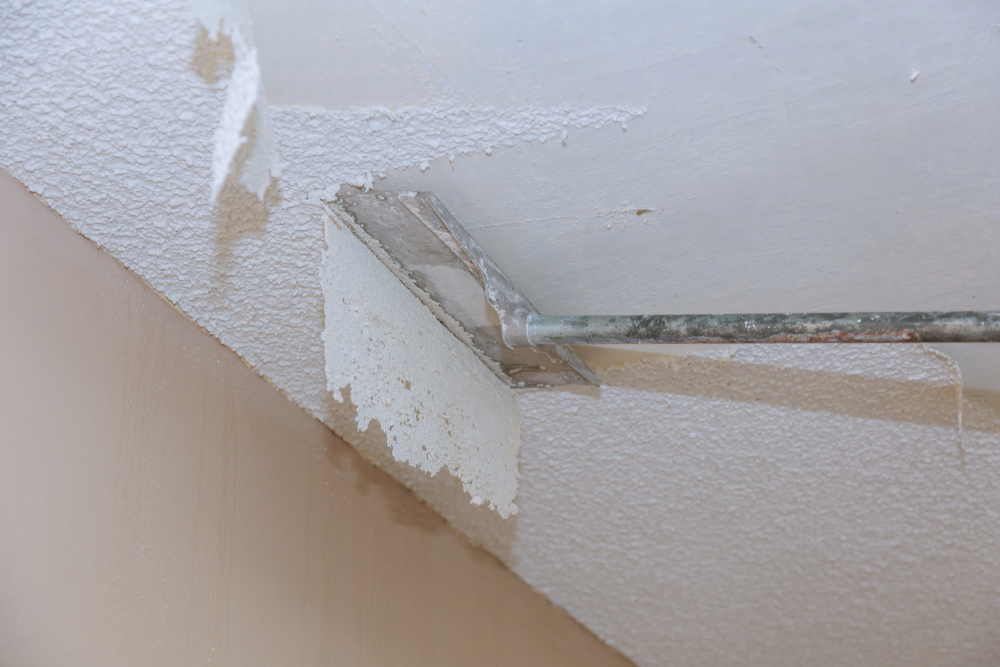
Common Asbestos-Containing Materials in Old Buildings
Asbestos can appear in nearly every part of an older structure. Common examples include:
Pipe and Duct Insulation
Wrapped around steam pipes, hot water lines, and HVAC ductwork. This insulation becomes brittle over time and is easily disturbed during maintenance or selective demolition.
Vinyl Floor Tiles and Adhesives
Asbestos was common in 9×9 vinyl composite tiles and the black mastic adhesive beneath them. Cracks or removal during renovations can release fibers.
Ceiling Tiles and Acoustic Sprays
Suspended tiles, “popcorn” ceilings, and spray-on acoustic coatings often contained asbestos. These degrade with age and are especially risky during leaks or vibration.
Wall Materials and Joint Compounds
Drywall joint compound, plaster, and textured wall coatings were common carriers of asbestos. Even drilling or sanding can release fibers.
Electrical Panels and Wiring
Older insulation around wiring and some electrical panel components contained asbestos, often overlooked until upgrade projects expose them.
Asbestos Risks in Renovating Old Buildings
Renovation projects are among the biggest triggers for asbestos exposure. Even materials that look intact can release fibers when cut, drilled, or removed.
For this reason, federal law requires asbestos inspections before most demolition or renovation projects.
Overlooking this step can put workers, tenants, and contractors at risk of harmful exposure, while also leading to compliance penalties and costly project delays.
How Asbestos Risks Are Identified During Renovation
The first step in protecting an older building is a professional asbestos inspection. At Environmental Demo Group, this includes:
- Site evaluation and testing of suspect materials
- Sampling and laboratory analysis to confirm asbestos presence
- Comprehensive documentation and reporting to guide next steps
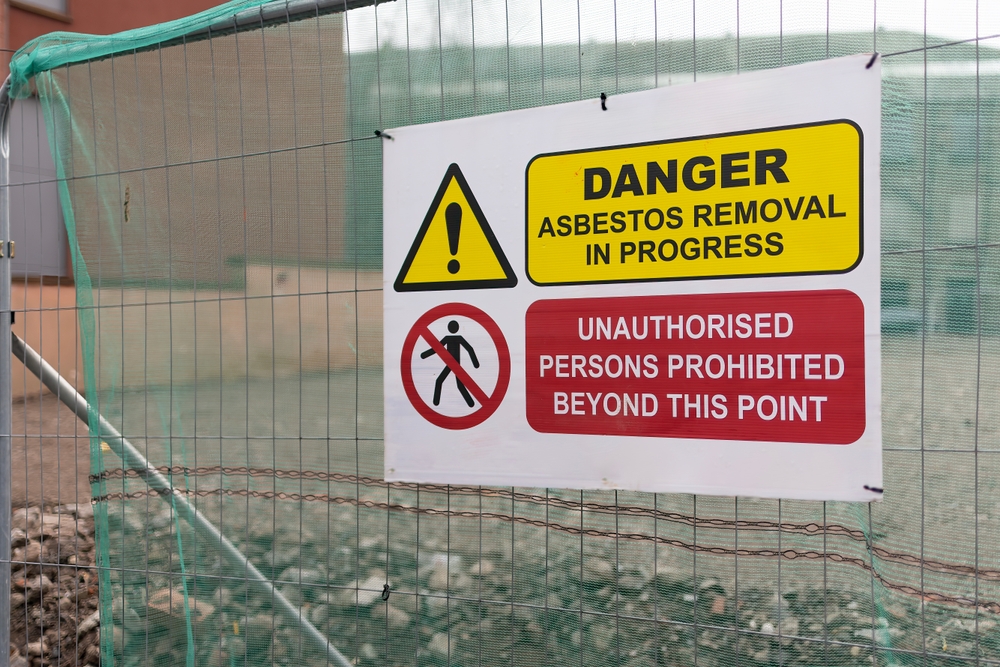
Asbestos Abatement: Step by Step
Once asbestos is found, it must be removed by licensed professionals in accordance with strict EPA and OSHA standards. Our certified abatement process includes:
- Containment Planning: Setting up isolation zones, negative air machines, and HEPA filtration
- Selective Demolition: Removing only asbestos-containing materials while preserving the building’s structure
- Safe Removal & Disposal: Transporting materials to approved facilities in compliance with state and federal laws
- Final Clearance Testing: Confirming the area is asbestos-free before renovation continues
Is Asbestos Still Used Today?
While the use of asbestos in most building products was phased out by the late 1970s, it has never been entirely banned.
That means older commercial buildings, especially those constructed before 1980, may still contain asbestos in insulation, flooring, or adhesives.

Asbestos Abatement in Cincinnati and the Midwest
In Cincinnati, Kentucky, Ohio, and Indiana, many commercial and institutional properties still contain asbestos.
EDG’s licensed team manages abatement projects of all sizes across the Midwest and Mid-Atlantic, ensuring safety, compliance, and minimal disruption.
Why Work With Certified Asbestos Abatement Contractors
Hiring an unqualified contractor can result in unsafe removal, project delays, and liability issues. At Environmental Demolition Group, we bring:
- 100+ years of combined experience in abatement and selective demolition
- Full licensing and certification for asbestos, lead, and mold remediation
- A customer-first approach with clear communication and documentation
Frequently Asked Questions About Asbestos
It was durable, heat-resistant, and inexpensive, making it a go-to material for decades of commercial construction.
Asbestos is a naturally occurring group of fibrous silicate minerals, including chrysotile, amosite, and crocidolite.
Yes! Even intact materials can release fibers when disturbed during renovations, drilling, or demolition.
By the late 1970s, asbestos use had declined sharply due to regulation, but it was never fully banned. Many older buildings still contain it.
It depends on the building size and the scope of contamination. Projects can range from a few days to several weeks.
No. Occupants are required to vacate areas where abatement is taking place until clearance testing confirms it is safe to return.
Work must stop until a licensed contractor, like EDG, performs testing, containment, and abatement to eliminate the hazard.

Make Your Building Safer With Expert Asbestos Removal Services
At EDG, we eliminate the guesswork from asbestos abatement. Our certified crews handle everything from inspections and containment to safe removal and final clearance.
With over 100 years of combined experience, we understand how to manage projects safely, efficiently, and in full compliance with EPA and OSHA standards. Contact us today to get started!

